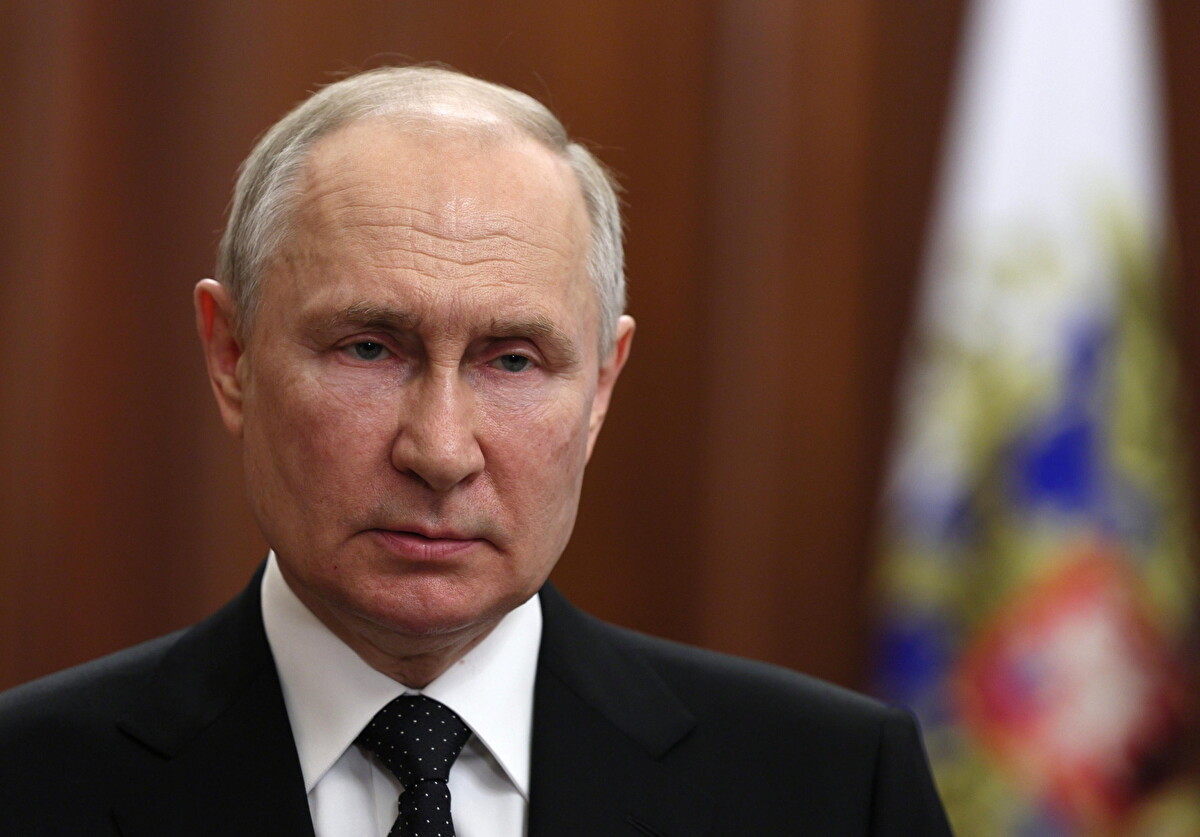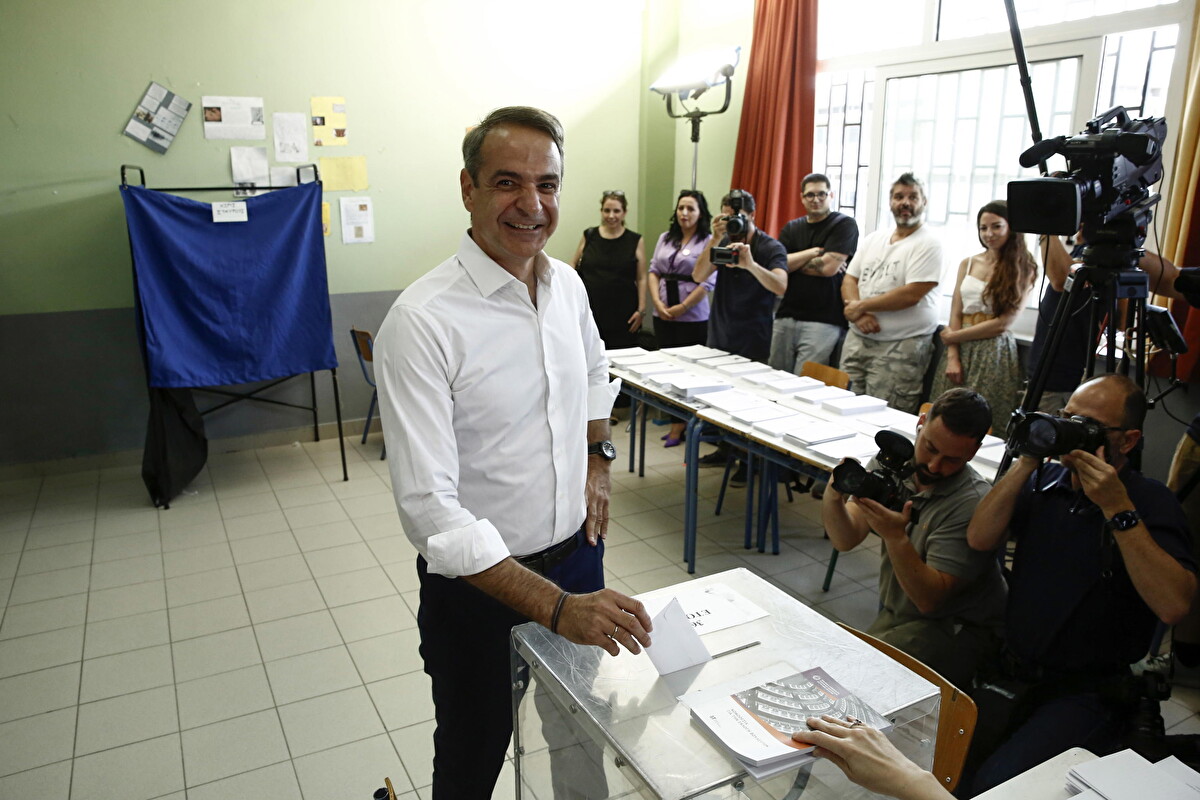From a coup d’état to a coup de théâtre – and all in less than 24 hours.
On a lukewarm summer weekend, Yevgeny Prigozhin did attempt the impossible, that is, to overthrow one of the world’s most solid and long-lived regimes with an army of 25,000 mercenaries and ex-cons.
To be clear, the regime’s solidity has almost nothing rhetorical about it – and is one not based on repressive force alone. Despite the notion that 146 million Russian citizens (not to mention 43 million Ukrainians) are in fact feeling the costs of the war on their pockets and on their skin, most of them continue to approve almost fideistically of the leadership of “czar” Vladimir Putin. Russia’s economy, moreover, has been clearly affected by the sanctions, but not in the intensity desired by many Western chancelleries. Moscow’s GDP is even on track to grow by 0.7 percent according to the latest International Monetary Fund estimates, aided by record crude oil exports to India and China.
With all due respect to those who continue to diagnose Putin’s imminent political and clinical collapse, therefore, it looks like the the Russian leader is here to stay.

It thus remains a mystery what motivated the mutiny by Prigozhin, who presumably knows inside out how powerful Mr. Putin is, since until recently he had been part of the Russian leader’s infamous magic circle – which insiders call siloviki (literally “men of strength”).
Comparisons between Wagner’s sedition and the October Revolution are obvious. As are the similarities between the two ’empires,’ Tsarist and Putinist, both of which were believed to be at the end of their course and grappling with two ruinous conflicts. There are at least two key differences, however: the Bolsheviks numbered nearly 300,000. And, most importantly, they had started from the capital city of Petrograd, whose power palaces they had managed to occupy, thus declaring checkmate on the tsar. Coups start from the center and spread to the periphery, almost never the other way around.
In Prigozhin’s case, the enterprise loomed much more impervious: compared to Lenin’s 300,000, Prigozhin’s mercenaries numbered less than a tenth. And the insurgent movement had started from Rostov-on-Don, which is nearly 1,000 km from the capital Moscow (Kyiv, on the other hand, is only 760 km away – and not coincidentally, the city is home to the headquarters of the Southern Military District, which coordinates operations in the neighboring Donbass). Police, National Guard, FSB and armed forces have, in short, had plenty of time to study the counteroffensive and bolster key locations in the capital.
Perhaps it was the overriding realization of a macro-strategic error that made Prigozhin retrace his steps, after realizing that the flame lit by Wagner had not ignited the expected fire of anti-Putin resentment. On the contrary, the tsar suffered almost no defections from his political and military ranks.
What’s more, millions of Russians passively witnessed the ongoing infighting between the two former friends. As if to say: if the alternative to Putin is Prigozhin (who is certainly not perceived as a liberator à la Che Guevara), Putin doesn’t look that bad all of a sudden.

With a last-minute deal brokered by Belarusian President Alexander Lukashenko, Prigozhin thus salvaged what could be saved, while Putin only partially avoided the humiliation of having to shed blood on two fronts at once.
Some of the terms of the agreement are in the public domain: Prigozhin pardoned from sedition charges but effectively exiled to neighboring Belarus; no retaliation against fighters who participated in the mutiny; and, for those who disobeyed orders to march to Moscow, even a proposed enlistment in the regular army.
It remains to be seen, however, what will become of Prigozhin and Wagner, respectively. What occurred in the past few hours was nevertheless the most serious gauntlet thrown down to Putin’s authority in 24 years, that is, since the former KGB chief was promoted to the Kremlin. If, as it seems, Prigozhin will indeed be sent to confinement in Minsk, many wonder how much control the Belarusian leader will be able to exert over him and what danger Wagner’s forces would pose to the czar’s mustached ally.
Also, what will become of Wagner and the troops themselves? Will they be returned to the battlefield in Ukraine (as well as in Africa and Syria) in Russian army uniforms, as if nothing had happened? Or will they follow their warlord to Belarus?

So many questions, so few clear answers. Just as it appears uncertain what the repercussions of the attempted coup/civil war/mutiny might be on the Russian domestic scenario and the war in Ukraine.
It is precisely Kyiv’s counteroffensive, aided by the destabilization of Russian morale and uncertainty over the future of Defense Minister Sergei Shoigu and that of Chief of Staff Valery Gerasimov – who until now have headed Moscow’s war control room but have become targets of Prigozhin’s tirades – that could benefit in the coming days.
Yet the backlash from Saturday’s ‘coup’ seems to be mostly symbolic. One of the siloviki was found guilty of lese- majesty, setting a very dangerous precedent for the man in the Kremlin.











